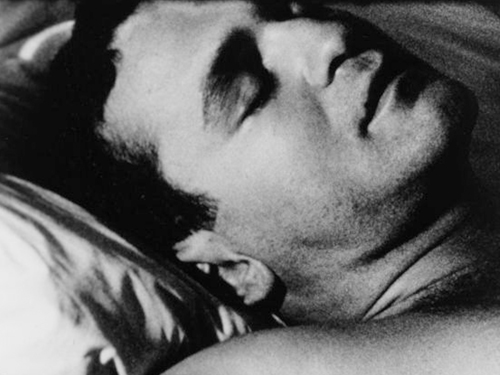Sleep (Andy Warhol, 1964) - 285’ at 18 fps
For the past two years Sabzian has been a partner of Subbacultcha, contributing to the film pages of the magazine. At the occasion of their fifth birthday celebration, Sabzian was invited to organize a screening. But which film could we possibly screen with a party going on in another part of the building?
As an anti-film, Andy Warhol’s Sleep seemed like a counterpoint able to endure an atmosphere otherwise hostile to experiencing cinema: people coming and going, party-induced chatter or sounds coming from elsewhere in the building. Sleep will be screened on 16 mm film. The reels being changed throughout the night and the soothing murmur of the projector will make for an enthralling convergence with the blowout going on outside.
Come and join us!


